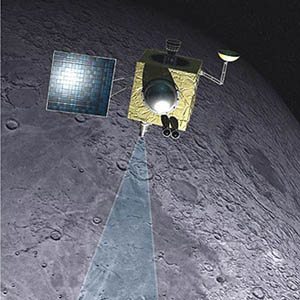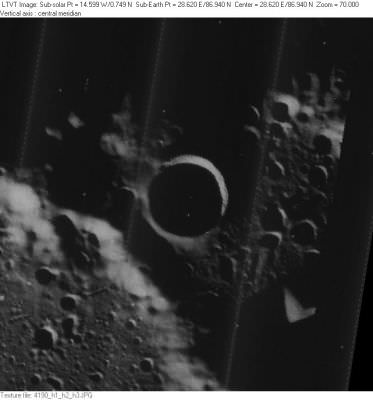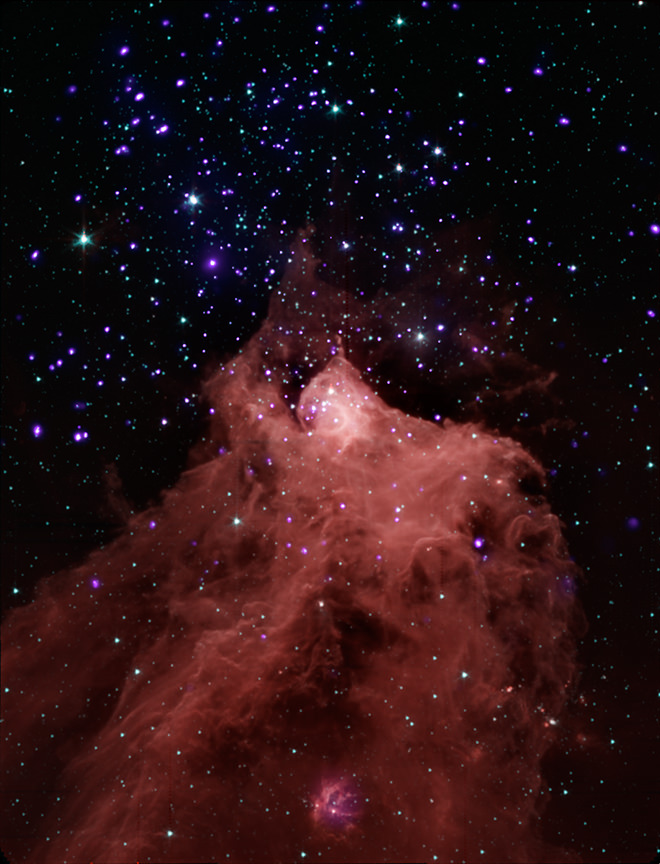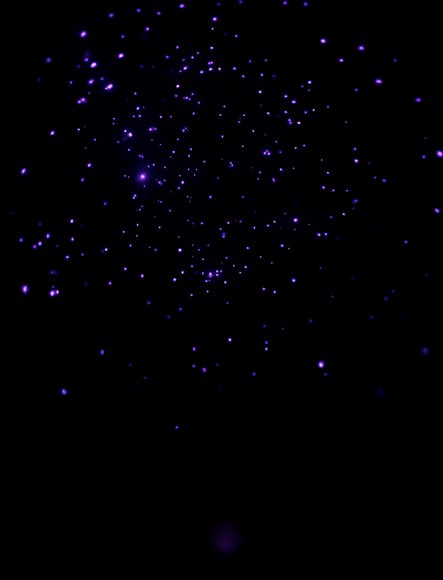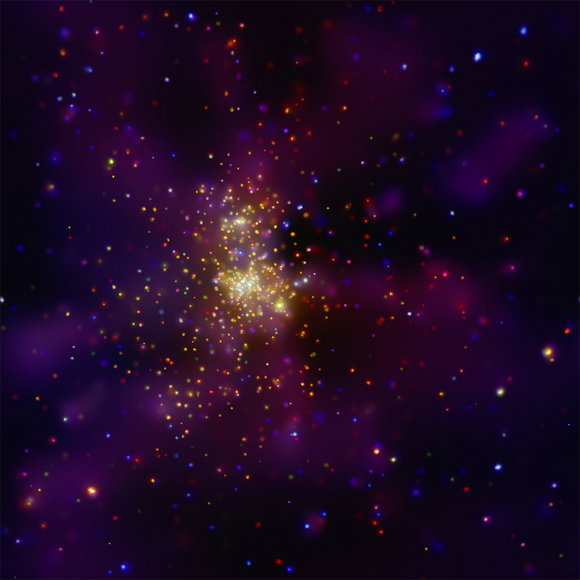[/caption]
Chandra has done it again in creating some of the most visually stunning images of our Universe. This time, Chandra’s X-ray eyes show a dramatic new vista of the center of the Milky Way galaxy. This mosaic from 88 different images exposes new levels of the complexity and intrigue in the Galactic center, providing a look at stellar evolution, from bright young stars to black holes, in a crowded, hostile environment dominated by a central, supermassive black hole.
Permeating the region is a diffuse haze of X-ray light from gas that has been heated to millions of degrees by winds from massive young stars – which appear to form more frequently here than elsewhere in the Galaxy – explosions of dying stars, and outflows powered by the supermassive black hole – known as Sagittarius A* (Sgr A*). Data from Chandra and other X-ray telescopes suggest that giant X-ray flares from this black hole occurred about 50 and about 300 years earlier.
See this link for an animation that provides greater detail of the galactic center.
The area around Sgr A* also contains several mysterious X-ray filaments. Some of these likely represent huge magnetic structures interacting with streams of very energetic electrons produced by rapidly spinning neutron stars or perhaps by a gigantic analog of a solar flare.
Scattered throughout the region are thousands of point-like X-ray sources. These are produced by normal stars feeding material onto the compact, dense remains of stars that have reached the end of their evolutionary trail – white dwarfs, neutron stars and black holes.
Because X-rays penetrate the gas and dust that blocks optical light coming from the center of the galaxy, Chandra is a powerful tool for studying the Galactic Center. This image combines low energy X-rays (colored red), intermediate energy X-rays (green) and high energy X-rays (blue).
The image is being released at the beginning of the “Chandra’s First Decade of Discovery” symposium being held in Boston, Mass. This four-day conference will celebrate the great science Chandra has uncovered in its first ten years of operations. To help commemorate this event, several of the astronauts who were onboard the Space Shuttle Columbia – including Commander Eileen Collins – that launched Chandra on July 23, 1999, will be in attendance.
Source: Chandra



